Acne or pimple is a skin condition that occurs when the hair follicles become clogged with oil and dead skin cells. Acne can affect all ages of people, but teenagers suffer more from the acne problem. Acne is persistent even though there are treatments available for acne. Before going for further medication, first, understand the different types of pimples or acne one can get.
The acne can cause emotional distress and scar the skin, which depends on the acne’s severity. The pimple heals slowly, and after the one goes away, another seems to crop up. It’s better to start the treatment as soon as possible to lower the risk. Acne usually appears on the face, forehead, chest, upper back, and shoulders. Acne is caused by clogged hair follicles that are tiny holes on the skin with oil and dead skin cells. Other possible causations for different types of pimples can be bacteria, hormonal changes, or ingrown hairs.
Different Types Of Pimples
1. Acne Vulgaris
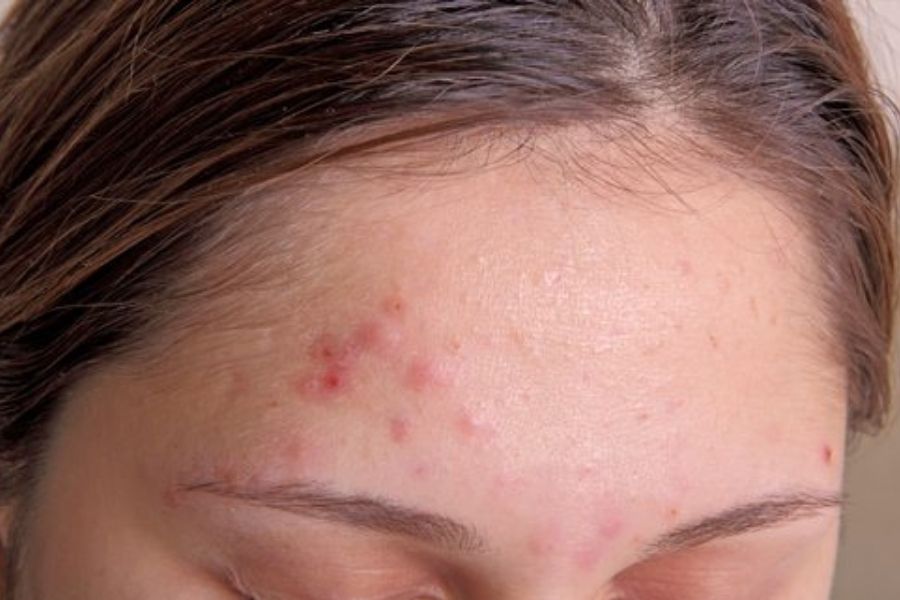
Acne vulgaris is a medical term for common acne—the most common spot for pimples is on the face, chest, shoulder, and back.
2. Acne Lesions
Acne lesions are also known as comedo, in which hair follicles have become clogged with oil and dead skin cells. They can also develop into blackheads and whiteheads.
3. Blackheads
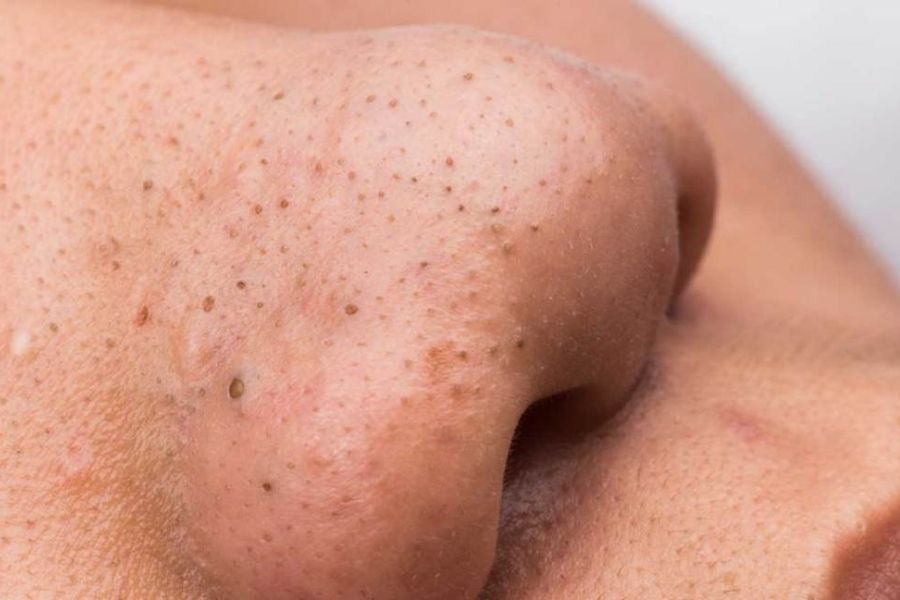
Blackheads are open at the skin’s surface, filled with excess oil and dead skin cells. It is not the dust that makes blackheads look black. It’s the irregular reflection of the light coming from the clogged hair follicles. Diet, hormones, skincare products, and medication can trigger the blackheads. Blackheads are non-inflammatory acne.
4. Whiteheads
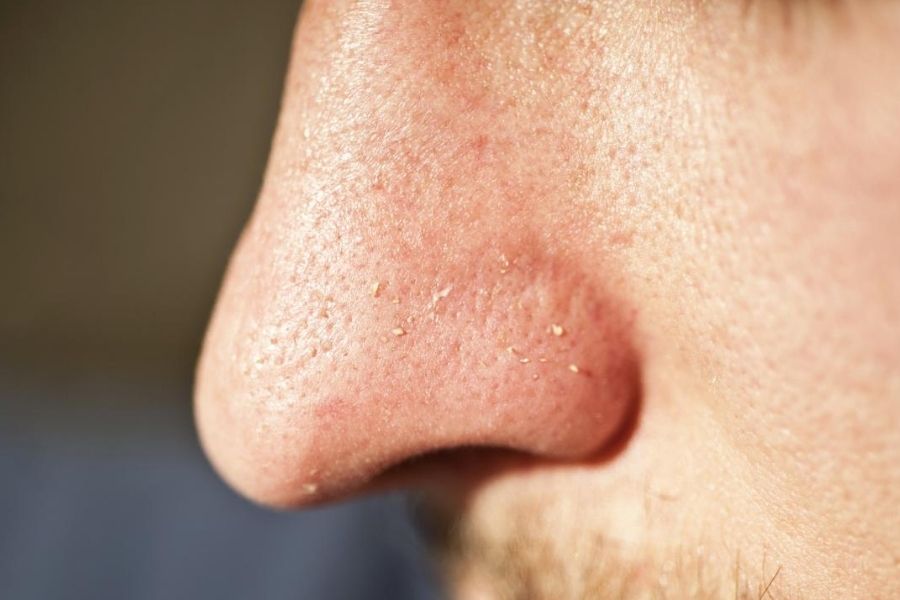
Whiteheads are similar to blackheads. But instead, whiteheads are comedones that stay closed at the surface of the skin. It occurs when oil and skin cells prevent hair follicles from opening. Oily skin, hormones, puberty, diet, and use of cosmetics also contribute to whiteheads. These are also non-inflammatory acne. Whiteheads are not easily cleared as the pores are closed.
5. Papules
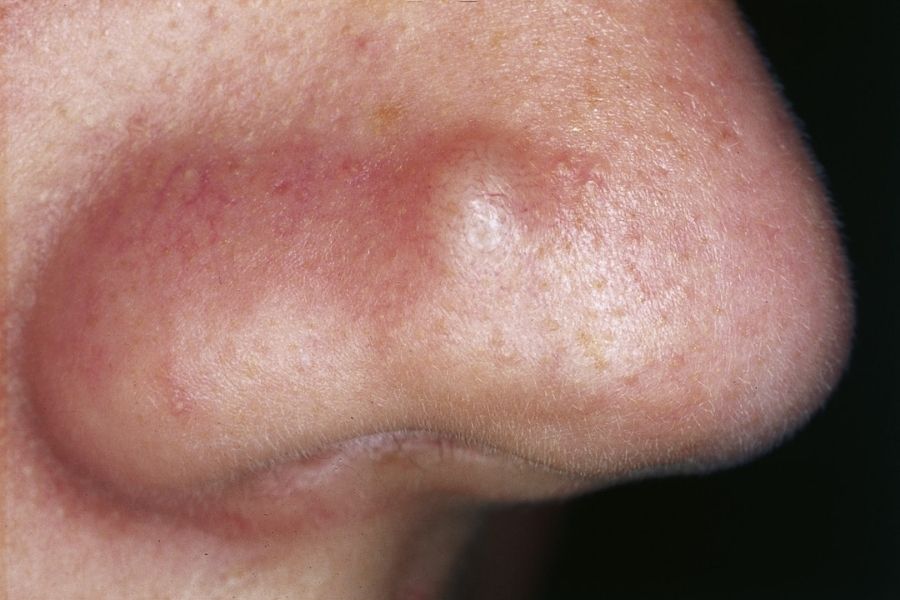
Pimples that are inflamed, small red or pink bumps on the skin are papules. Papules are formed when bacteria clog the pores. They are sensitive to touch. These are inflammatory acne as they are red and swollen.
6. Pustules

Pustules are another inflamed pimple that resembles the whitehead with a red ring around the bump. It is filled with white or yellow pus. Pustules are also similar to papules; pores clogged by bacteria cause them. Pustules are also inflammatory acne.
7. Nodules
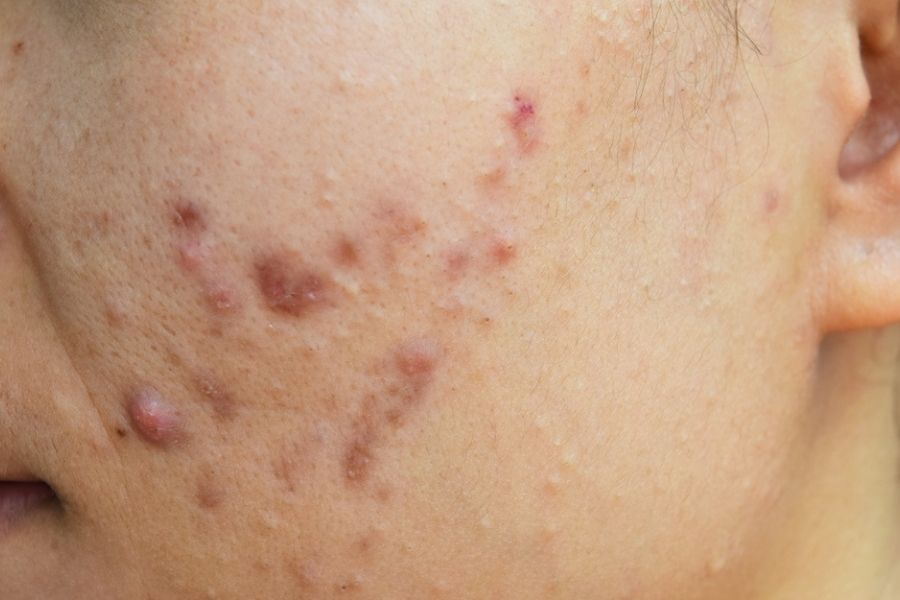
Nodules are the conditions you need to consult the doctor as they are deep inside the skin that cannot be treated at home. In nodules, the bacteria and oil extend deeper within the skin by affecting the pores. They are large, inflamed bumps that develop deep into the skin and are very painful. Nodules are also one kind of inflammatory acne.
8. Cysts
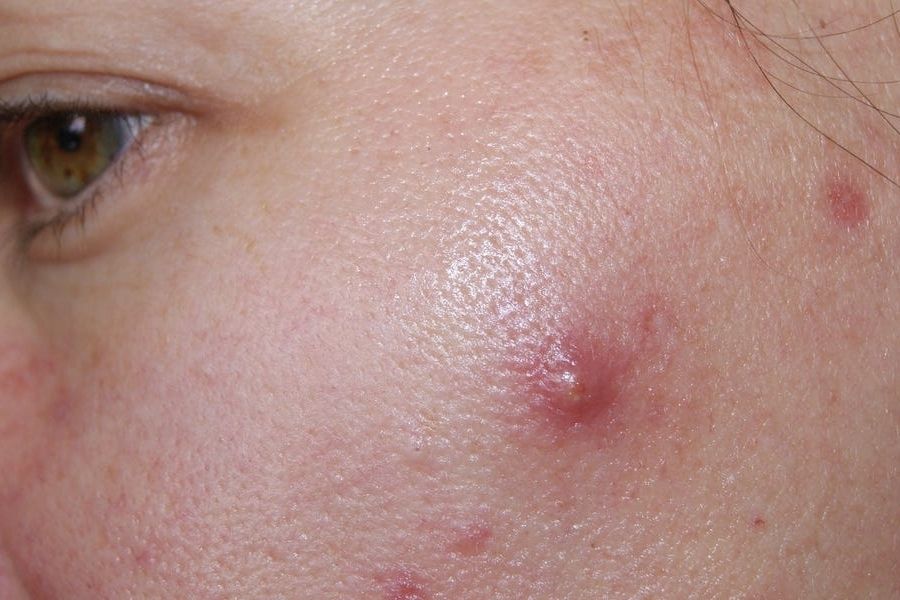
Like nodules, a cyst is also a severe form of acne that a dermatologist needs to treat. A cyst is large pus-filled lesions that resemble a boil and are extremely painful. Cysts are the worst type of pimples or acne. The hormone estrogen level plays an important role in the level of follicles to cause cysts deep underneath the skin. As cysts are red and painful, they are referred to as inflammatory acne.
Conclusion
Acne is the commonest problems faced by all people. But it is more in females than in males. You cannot treat all types of pimples at home; some need a doctor’s consultation because severity changes for each type. You can treat blackheads and whiteheads at home as they are the mildest acne of all. The moderate forms of acne are papules and pustules, and severe are nodules and cyst. Many treatments are available to cure acne and prevent new acne from forming.
Read Also: 13 Most Common Myths About Acne







